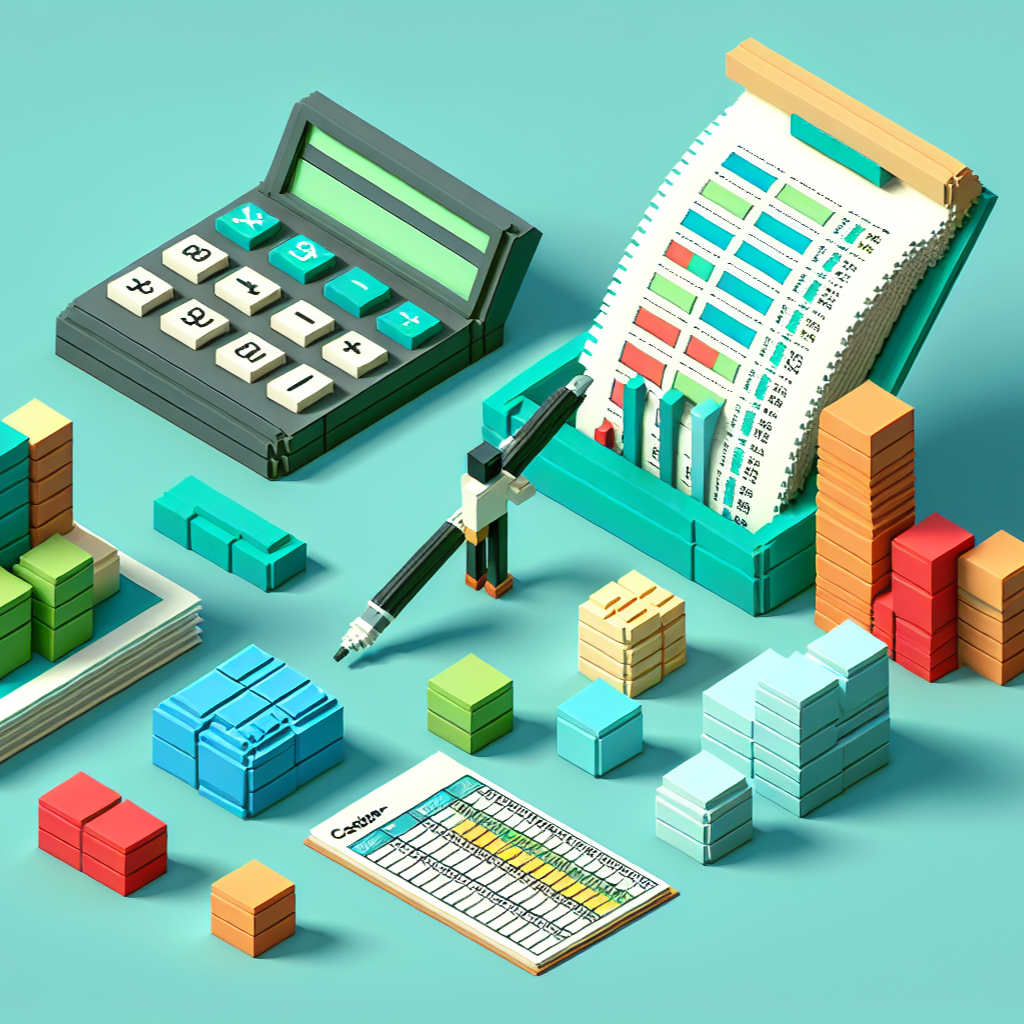
When it comes to book keeping, relying on spreadsheets can feel like you’re stuck in the past. You type, you tally, you cross-check—and still you spend hours chasing missing entries, correcting typos, and cobbling together reports at month-end. What if you could automate up to 70 percent of your data entry, slice reconciliation time in half, and pull real-time profit and loss statements with a click? Welcome to Rentastic, the rental bookkeeping platform built to replace manual spreadsheets and free up your time for smarter decisions.
In this article you’ll discover common spreadsheet pitfalls, explore Rentastic’s core features, weigh the benefits of automation, and get step-by-step guidance for migrating your records. Whether you manage a single unit or a multi-property portfolio, you’ll learn how to upgrade your rental accounting, streamline your workflow, and gain clear financial insights from day one.
Spreadsheets were revolutionary in their day, but they weren’t designed specifically for rental bookkeeping. Common challenges include:
If you’re still using spreadsheets for book keeping, you’re not alone. But as your portfolio grows, so do the hours you pour into cells and formulas. And the more you rely on manual processes, the more you expose yourself to mistakes that could throw off your tax filings or financial forecasts.
Rentastic replaces generic sheets with a purpose-built bookkeeping engine. Here’s how it works under the hood:
You link your checking, savings, or property management accounts to Rentastic just once. After that, deposits and expenses flow into your dashboard automatically, cutting up to 40 percent of manual entry time compared to spreadsheet-based bookkeeping (Rentastic).
Use Rentastic’s mobile app to photograph receipts on the go. The platform attaches each image to the matching transaction, so you never lose track of repair invoices or utility bills. Snap it, upload it, and move on.
Rentastic’s rules engine learns your habits. Within weeks, it auto-categorizes up to 70 percent of recurring transactions—rent deposits, management fees, maintenance costs—so you spend minutes instead of hours maintaining your ledger (Rentastic).
Instantly generate profit and loss statements by unit or portfolio. Pull balance sheets, cash flow reports, and more with a single click. Early cash-flow warnings flag liquidity issues up to 20 percent sooner than traditional processes, giving you time to act before a crisis (Rentastic).
Switching from spreadsheets to Rentastic delivers measurable gains:
Landlords who link bank accounts and generate automated profit and loss statements spend 30 percent less time on accounting compared to those using spreadsheets (Rentastic). You’ll trade hours of data entry for a few quick reviews.
Spreadsheets rely on you to spot mismatches. Rentastic automatically flags discrepancies, so you close your books faster with fewer mistakes. In one user survey, automating transaction tracking cut bookkeeping time by over 60 percent while slashing error rates significantly (Rentastic).
Even with a conservative valuation of $50 per hour, switching to Rentastic can save over $1,000 per month in labor costs alone (Rentastic). Maintenance of spreadsheets and manual backups also carry hidden IT expenses that automation eliminates.
Property investors love Rentastic’s ease of use and value. In a recent survey, 79 percent of users rated it 5 out of 5, with an overall score of 4.8 from 14 reviewers (Rentastic).
Migrating your rental bookkeeping to Rentastic is straightforward. Follow these steps:
Sign up on the Rentastic website, choose your plan, and verify your email. You’ll land on a clean dashboard ready for setup.
Navigate to “Connections” and authorize your property accounts. Transactions will sync automatically each day, pulling in up to 24 months of past data to ensure your books are complete from day one (Rentastic).
Review imported transactions and confirm suggested categories. Rentastic learns your preferences, so the more you approve, the more accurate your future categorizations.
Use the reconciliation tool to match any outstanding items. Discrepancies are flagged in real time, so you can address them quickly and avoid surprises.
The first weeks with a new platform matter. Keep these best practices in mind:
Host a short walkthrough for anyone who handles invoices, rent collection, or reporting. Encourage them to use receipt capture and review auto-categories before final approval.
Set a weekly slot—perhaps Friday afternoon—to glance at your dashboard. Confirm any uncategorized transactions and look for cash-flow alerts.
Connect Rentastic to your property management or CRM systems where possible. Push rent rolls and tenant information directly into your accounting workflow to avoid duplicate entry.
If you want to deepen your understanding of book keeping fundamentals, check out our guide on basic accounting practices for landlords.
You’ve seen how spreadsheets can slow you down and how Rentastic turns bookkeeping into a quick, reliable process. Now it’s time to act:
The result? More time for property management, quicker financial insights, and a bookkeeping process you can trust. Ready to make the switch? Your future self—and your bottom line—will thank you.
Comments